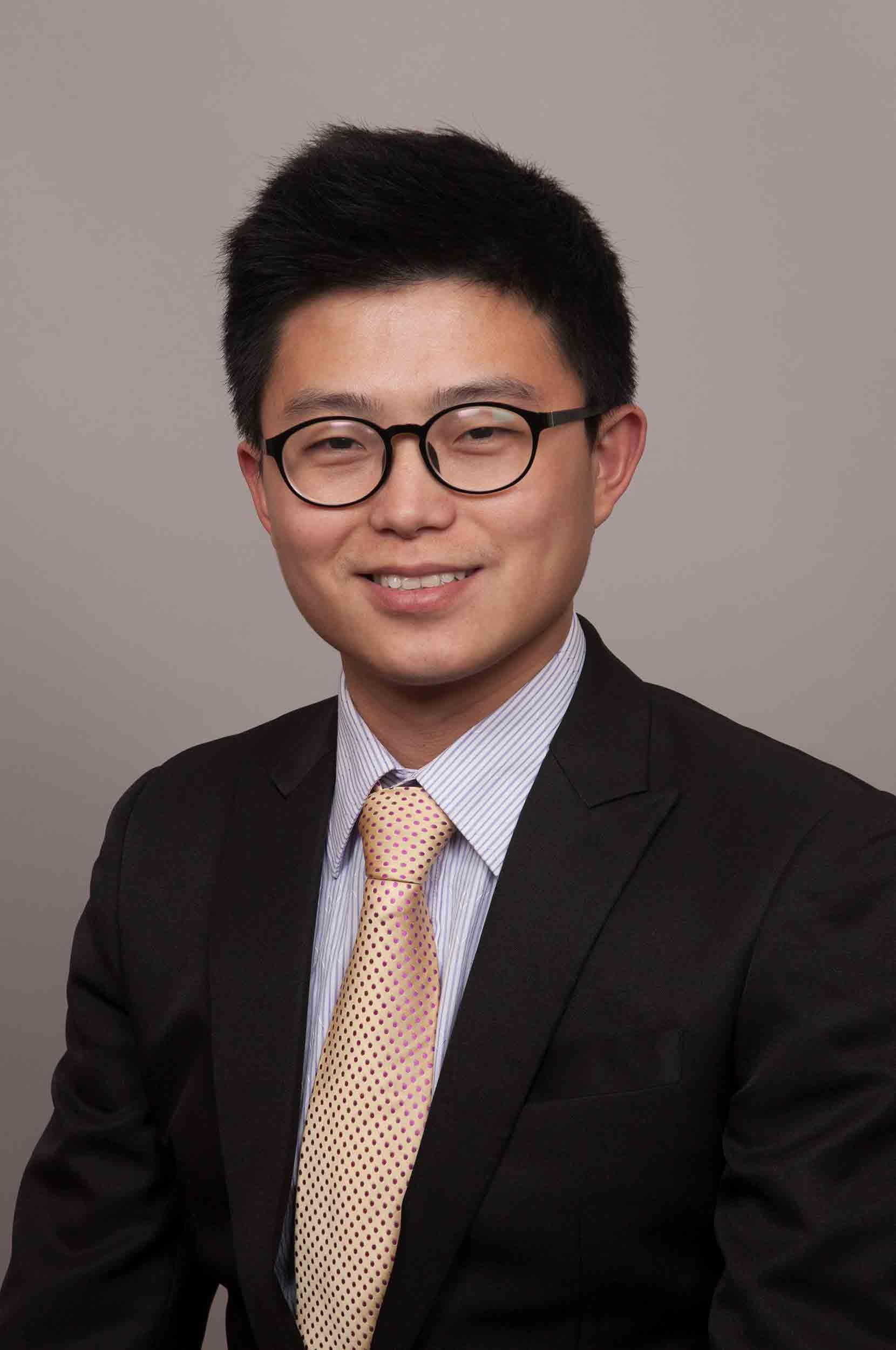Li Shuai - Assistant Professor joins the SBIO Department

I obtained my B.E. degree in Materials Science and Engineering from China (2007) with specialty in polymer and composites. During my undergraduate study, I got to know “biomass conversion” from a professor who blended lignin with a polymer and processed the mixture into a biodegradable agricultural mulching film. I thought it was very cool that renewable biomass could be used to make the products we needed for our daily lives. Therefore, I decided to pursue my PhD degree in the Department of Biological Systems Engineering at the University of Wisconsin-Madison (2007). Back to ten years ago, “biofuel” was a very hot topic, and my research was therefore focused on converting biomass into fermentable sugars or transportation fuels. My doctoral research earned me the Wisconsin Distinguished Graduate Fellowship Award (2011) and the Gold Prize of the International Academy of Wood Science PhD Research Award (2014). Upon graduation, one of my patents was licensed to a Chinese company, and I was invited by the company to continue working on the patented technology regarding converting biomass into sugars. I started a new lab in the R&D center of the company in 2012. My research group in the company worked on several biomass-related projects, such as biomass conversion to sugars, production of prebiotics from xylan, fermentation of sugars into PHB (Polyhydroxybutyrate) polymer, and preparation of lignin-PHB biodegradable composites. After working in industry for two years, I still liked the academic working environment, therefore I moved to the Swiss Federal Institute of Technology (EPFL) in Switzerland and started as a postdoctoral researcher there in 2015. In EPFL, I started to study lignin valorization. I came with up a new “lignin stabilization” strategy to minimize lignin condensation during biomass fractionation, and the research result was published in Science Magazine in 2016. In 2017, I moved to DOE’s Catalysis Center for Energy Innovation at the University of Delaware as a postdoc researcher to strengthen my skills in catalysis. At present, I am the (co) author of eight patents and have published sixteen articles in peer-reviewed journals such as Science Magazine, Energy & Environmental Science, Green Chemistry, and ChemSusChem. My research here in VT will be focused on developing innovative pathways for conversion of biomass to value-added fuels, chemicals, and materials, which can be used to replace the ones derived from petroleum. During the study, I expect to fundamentally understand the degradation and condensation behaviors of lignocellulosic components during fractionation and the upgrading processes, and design innovative reaction pathways, solvent systems, and catalysts to improve product selectivity and yield. I plan to create and teach one undergraduate level course “Biorefinery” and one graduate course “Lignin Chemistry.”


